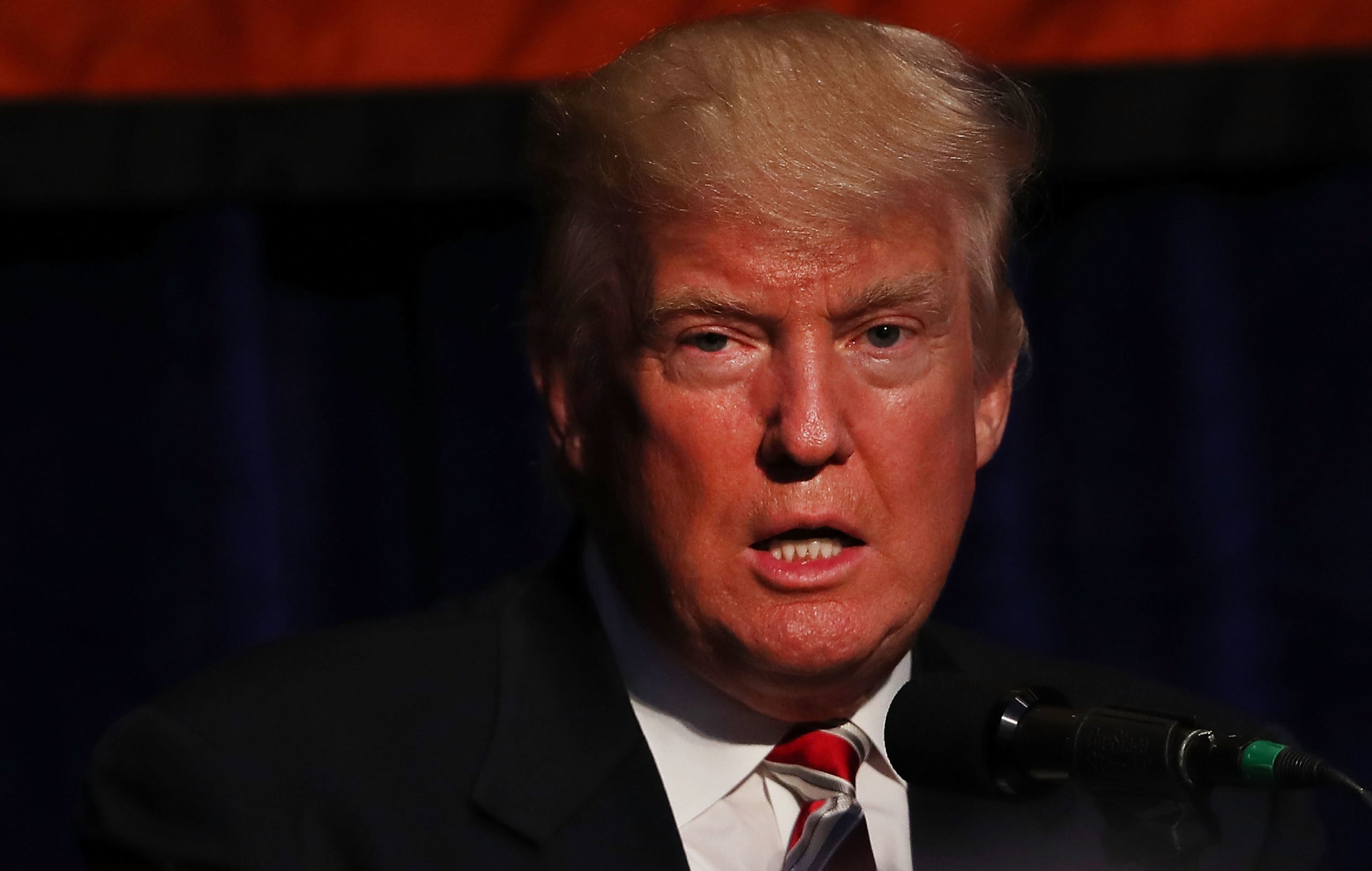
Tensions between the United States and China are getting hotter. Beijing announced tariffs on U.S. imported goods, raising taxes to a staggering 84% starting April 10. The move directly responds to Trump's recent tariff rate hikes on Chinese products, which now has a maximum of 104%. The huge measures of the Tit Booth have exacerbated the strengthening of a full-scale trade war between the world's two major economies. Just last week, the Trump administration issued a detailed tariff policy warning other countries not to back down. But China did not waste time and targeted strict countermeasures. In 2024, the United States exported $143.5 billion in goods to China and imported nearly $439 billion. With these new tariffs, the flow of goods is expected to be significantly slowed down, hurting businesses on both sides of the Pacific. Initially, the Trump administration’s efforts to undermine foreign trade practices and limit fentanyl flows into the United States have now surged economic standoff. Earlier moves include tariffs on China, Canada and Mexico, but the latest escalation has attracted headlines and shocked the global market. Since the announcement of Trump’s April 2 tariff package, the S&P 500 has dropped nearly 20% from its recent peak to officially enter bear territory. Asian markets performed poorly, South Korea's KOSPI index also fell, while stocks in Shanghai and Hong Kong fell sharply. China said it has not retreated, and the Trump administration insists it holds boundaries compared to unfair trade practices. But for the moment, the only certainty is more uncertainty, and many nervous investors are watching how far this trade war will go.
Source link


